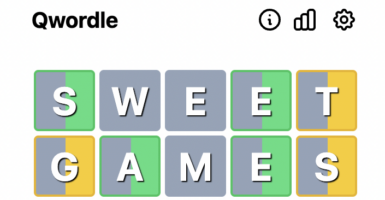Chart-Topping Hits Of 1968 That Truly Faced The Test Of Time
Although a very tiny percentage of artists who try to make it in the music industry will ever get anywhere near the top of the Billboard Hot 100, that doesn’t necessarily mean someone’s legacy is automatically vouchsafed if they do.
Audiences are fickle, and a hit that was inescapable one year can sometimes disappear by the next. Still, there are some songs that will go far even after the artist is gone, while others are surprisingly hard to remember, considering how much of an impact they made. And it’s hard to find a year more evenly split between both extremes than 1968.
The Beatles – “Hey Jude”
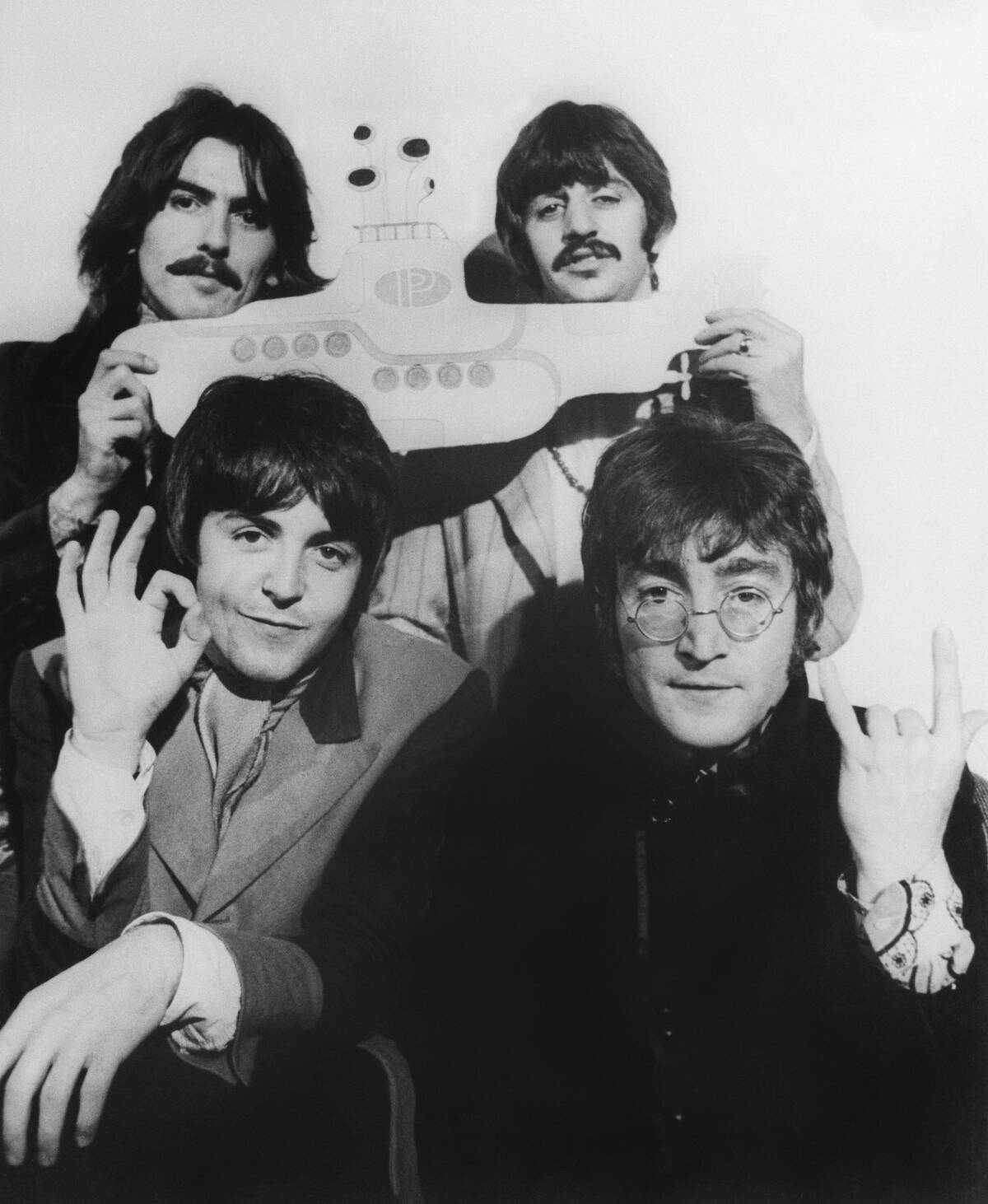
Although the American Billboard charts were rarely without a Beatles song near the top spot ever since the Fab Four arrived in the States in 1964, that doesn’t quite match the unprecedented success that The Beatles saw in 1968.
That’s because their all-time classic ode to John Lennon’s son Julian, “Hey Jude” managed to be even more successful than their massive early hit, “I Want To Hold Your Hand.” While that song spent seven weeks at number one in 1964, “Hey Jude” was number one for a staggering nine weeks.
Paul Mauriat – “Love Is Blue”
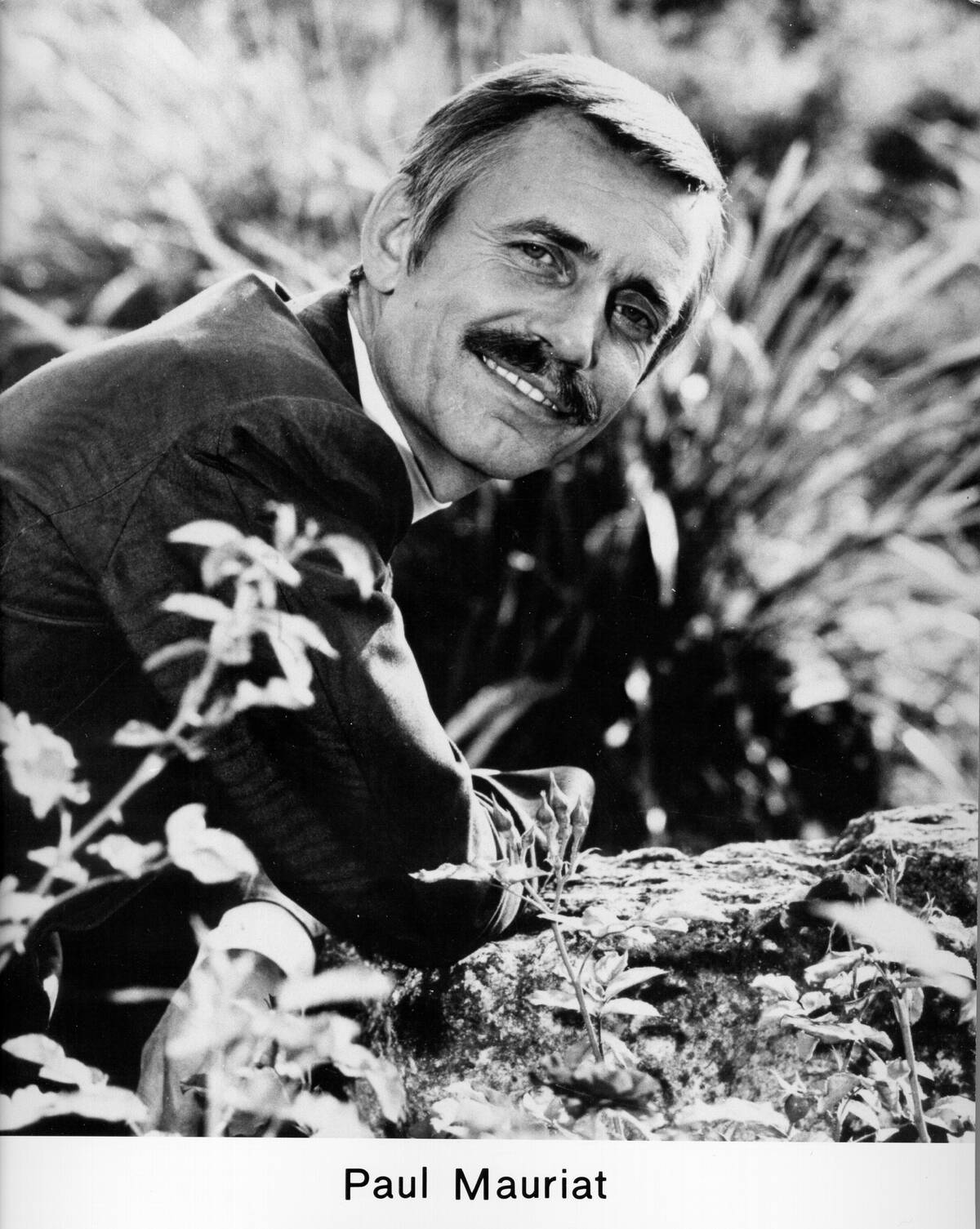
“Love Is Blue” had a strange journey to the top of the Billboard Hot 100, as it started life as Luxembourg’s entry in the 1967 Eurovision Song Contest, where it was sung by Greek singer Vicky Leandros and came in fourth place. Although it was a modest hit throughout Europe and in Canada, it was ignored by the American public.
Curiously, that suddenly changed when French orchestral leader Paul Mauriat recorded an instrumental version, which drummed up enough sudden and inexplicable interest from listeners to spend five weeks at number one. This made Mauriat the first French artist to top the Billboard Hot 100, a feat that wouldn’t be matched until 2017.
Bobby Goldsboro – “Honey”
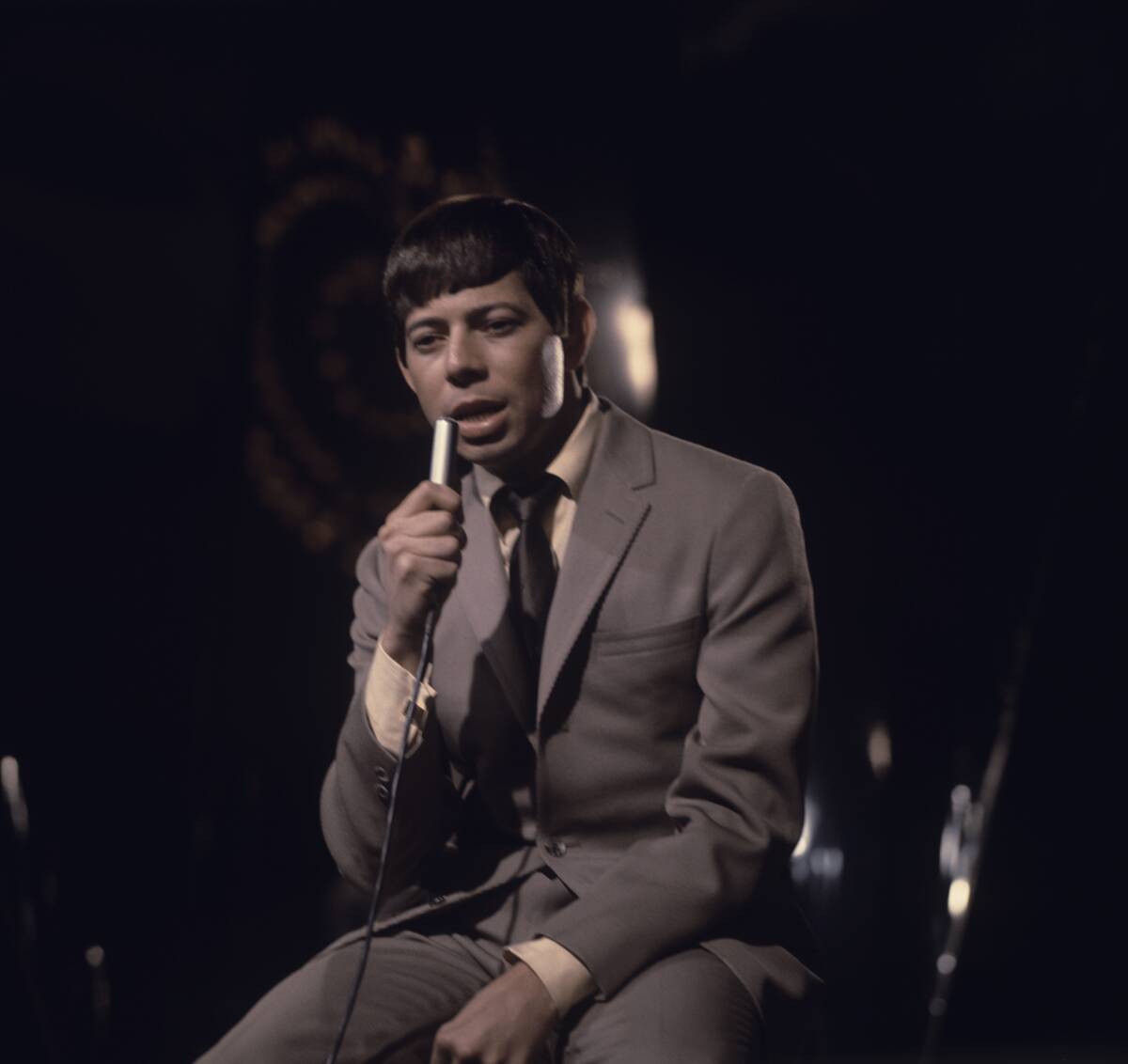
Although country singer Bobby Goldsboro had already achieved his first top-ten hit by the time he recorded “Honey,” the deeply sad and moving nature of the song resonated with the American public like never before.
While it’s true that the complex blend of regret and tenderness inherent in “Honey’s” lyrics is something a sad number of people can relate to after the passing of their spouse, another factor that made the song’s mournful atmosphere seem appropriate was the assassination of Martin Luther King Jr., which occurred during its chart run. Whatever brought it there, however, “Honey” stayed at number one for five weeks.
The Rascals – “People Got To Be Free”
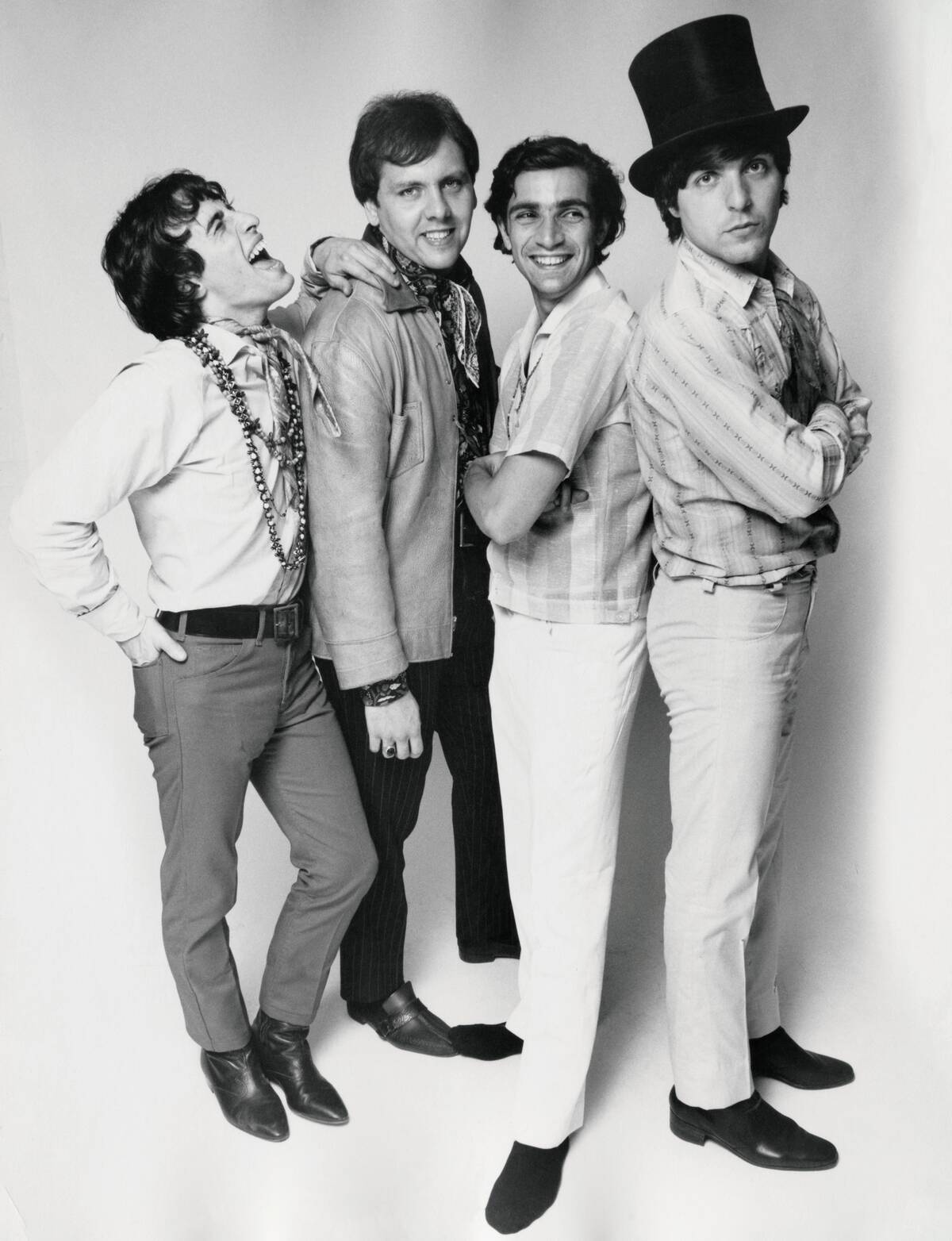
Although protest music was common throughout the ’60s, it wasn’t unusual for that music to sound instrumentally upbeat no matter how serious it was lyrically. That characterized “People Got To Be Free” by The Rascals, which was an impassionaed plea for peace and freedom under the light-hearted train theming.
The Rascals also stood out for refusing to perform until a given concert also featured an African-American act, and committed to that threat when the condition wasn’t met. Whether the gesture resonated or not, the song did because “People Got To Be Free” spent five weeks at number one. The Rascals would have further hits during the following year but their success would taper off by the ’70s.
Cream – “Sunshine Of Your Love”
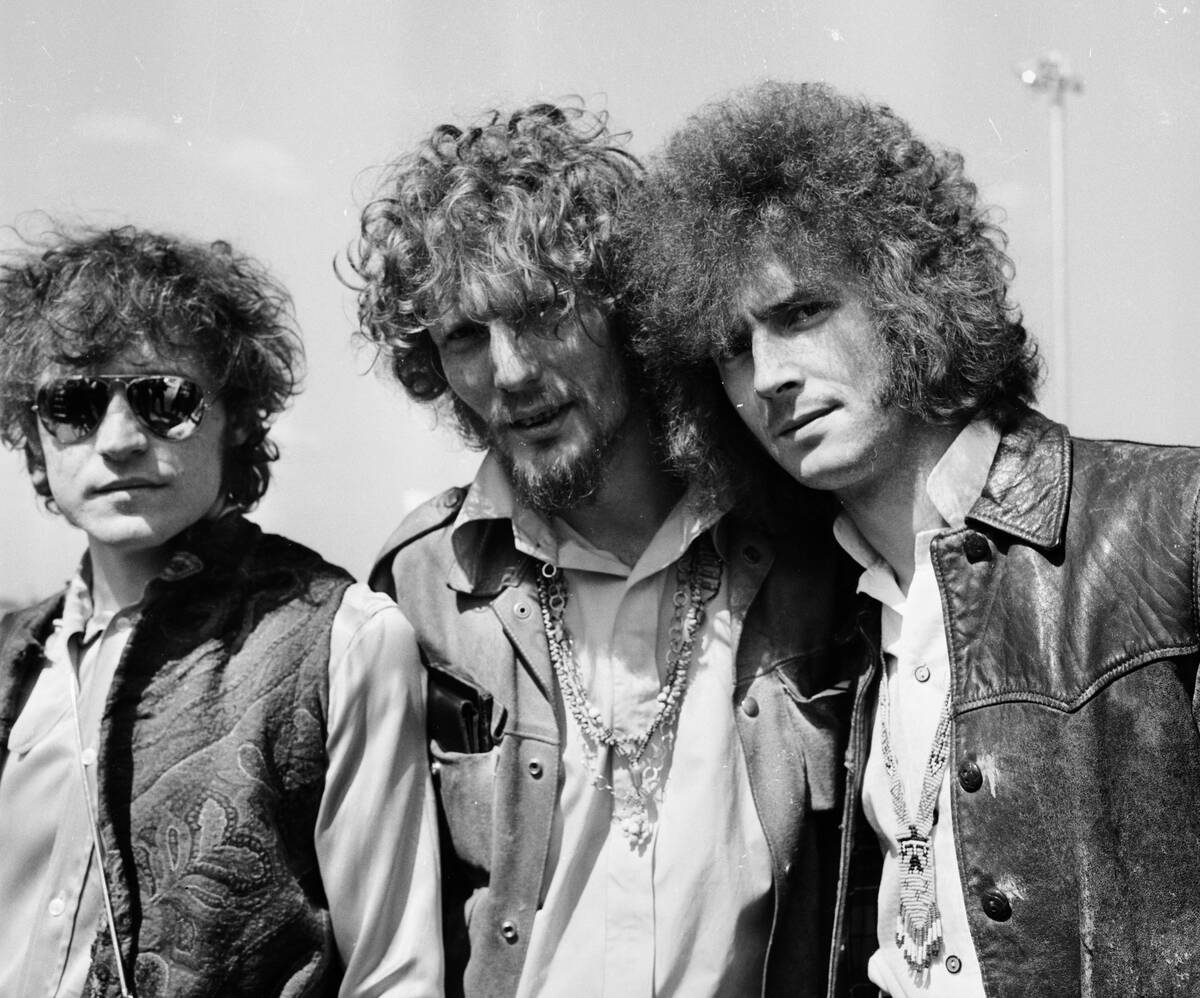
Although psychedelic rock saw a massive boost in public awareness after the hippie movement culminated in the famous Summer of Love in 1967, the movement’s momentum would continue in the public consciousness beyond that into the 1970s. As such, the pump was primed for the tense, dirty guitar riffs of Cream’s “Sunshine Of Your Love.”
While Cream was inspired by Jimi Hendrix when writing the song, it was a major factor in establishing Eric Clapton’s own legendary status as a guitarist. “Sunshine Of Your Love” reached number 5 on the Billboard Hot 100, making it the band’s most popular song in terms of chart success.
Herb Alpert – “This Guy’s in Love With You”
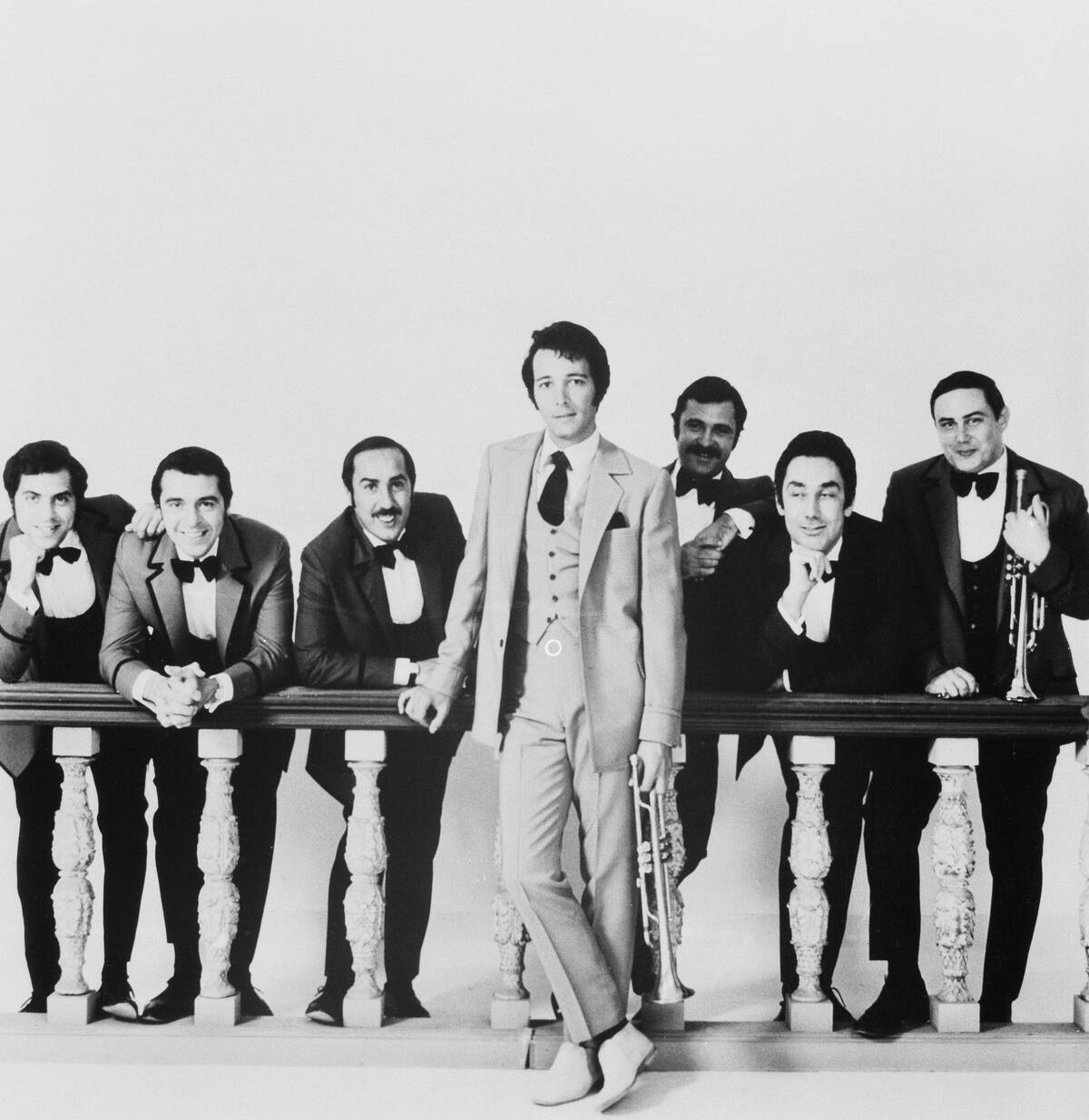
Even among those familiar with Herb Alpert & The Tijuana Brass, it can be easy to underestimate just how successful that trumpeter and band leader was. After all, he was able to notch five top-ten hits over the course of 25 years, with two of them making it to number one.
Of the two of them, “This Guy’s In Love With You” was an unusual entry in Alpert’s catalogue, as it was a solo record that featured his lead vocals. However, the decision to do the song himself couldn’t have worked out better, as “This Guy’s In Love With You” became Alpert’s biggest hit after staying at number one for four weeks.
Hugo Montenegro – “The Good, The Bad And The Ugly”
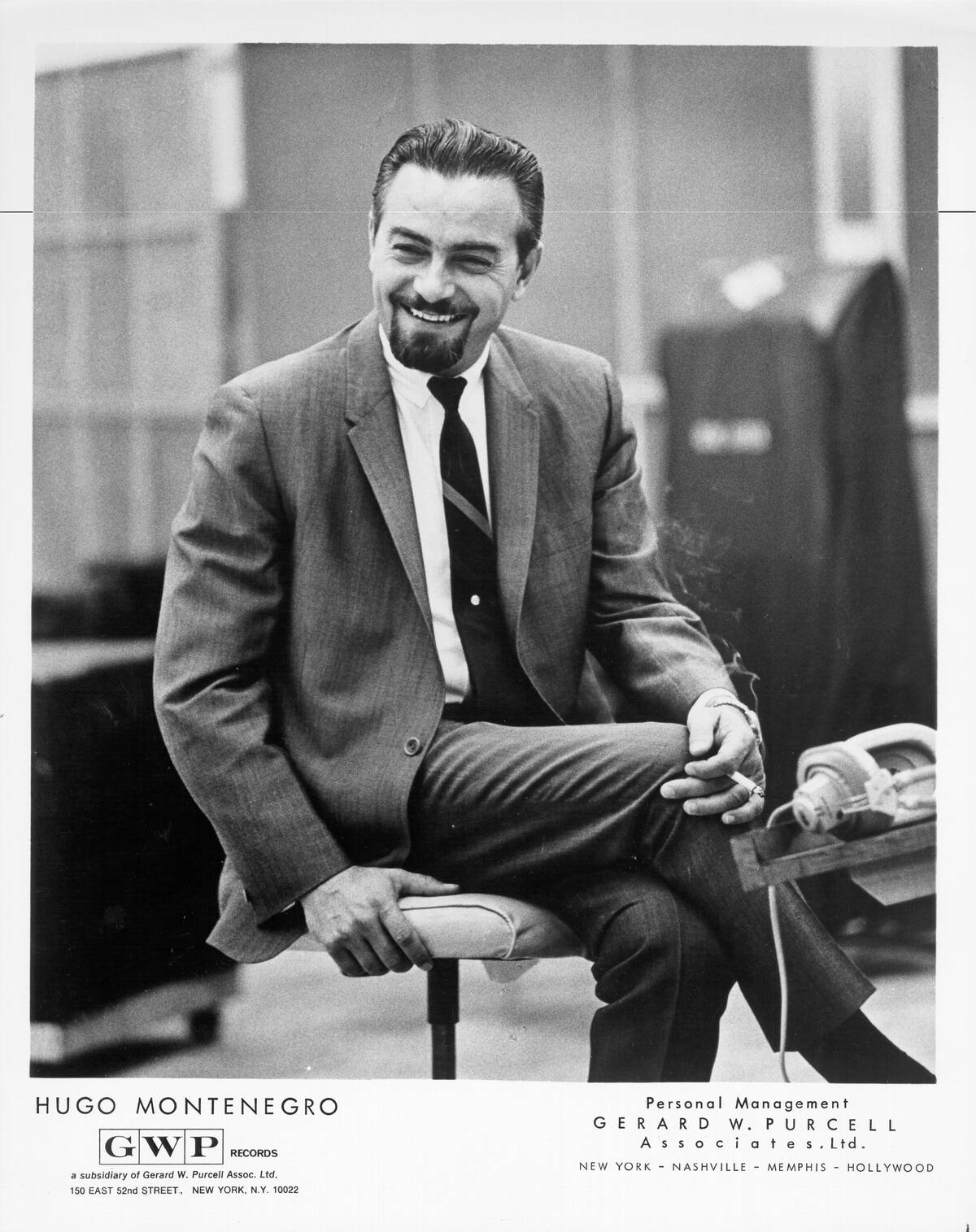
Although this is indeed the iconic theme from the venerated spaghetti western The Good, The Bad, And The Ugly, it may sound a little different to fans of the movie. That’s because it wasn’t the original film version composed by Ennio Morricone but rather a cover version by composer and orchestra leader Hugo Montenegro.
Apparently, nobody was more surprised than Montenegro when his arrangement caught on so well with the public that it reached number two on the Billboard Hot 100 and topped the organization’s Adult Contemporary chart for three weeks.
Simon & Garfunkel – “Mrs. Robinson”
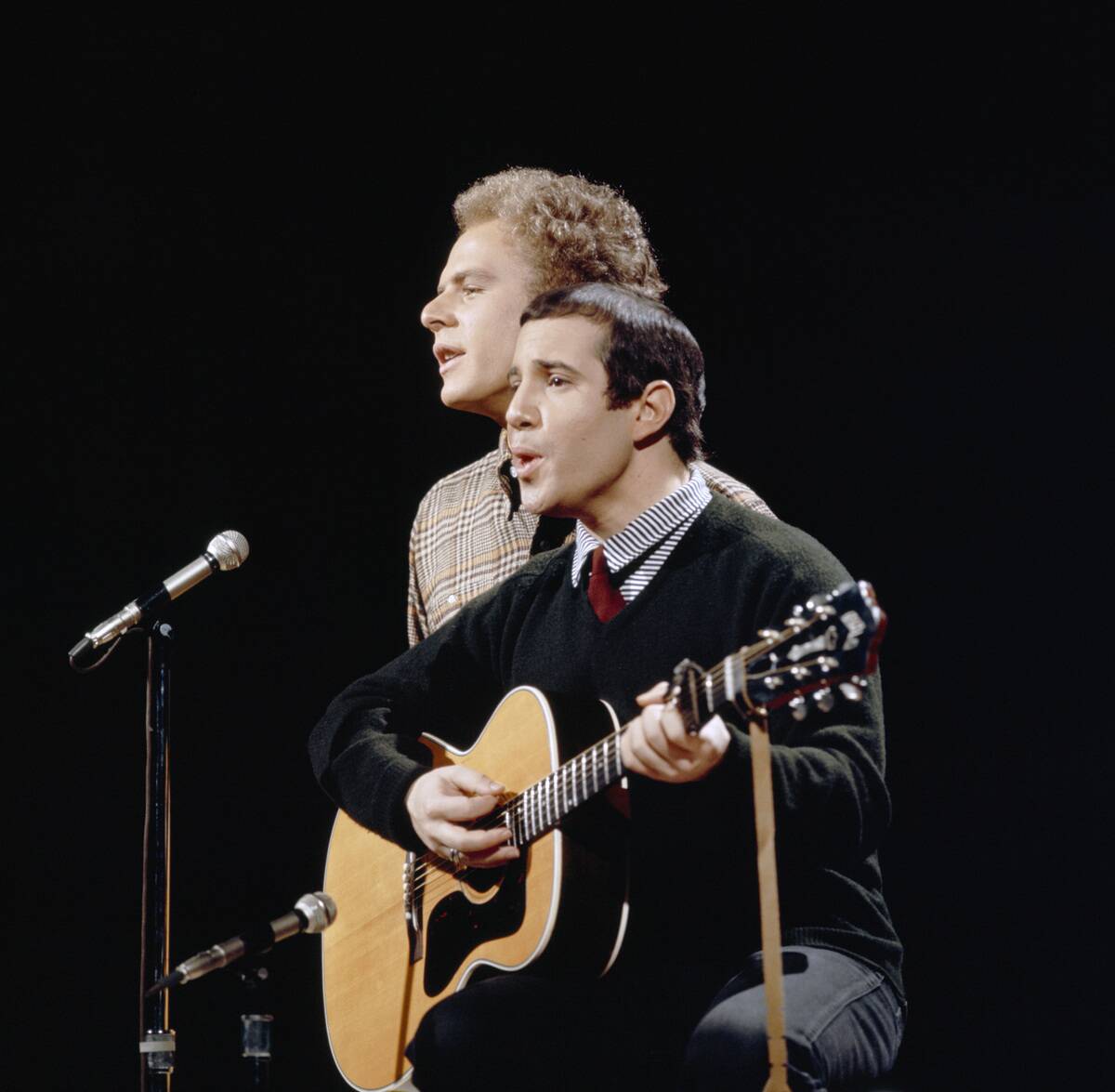
While it was hardly unusual for movie themes to become charting hits before 1968, that year was big for them, as the beloved and upbeat Simon & Garfunkel classic “Mrs. Robinson” was on the charts as Montenegro’s version of the theme from The Good, The Bad, and The Ugly. In the folk duo’s case, however, the difference is that they started writing Mrs. Robinson before the 1967 film The Graduate came out.
Nonetheless, it’s hard not to associate the song with the movie, and the hit film was likely a major driver in the song’s success. Although “Mrs. Robinson” wouldn’t turn out to be Simon & Garfunkel’s biggest hit, the fact that it stayed at number one for three weeks meant that it was their biggest up to that point.
Archie Bell & The Drells – “Tighten Up”
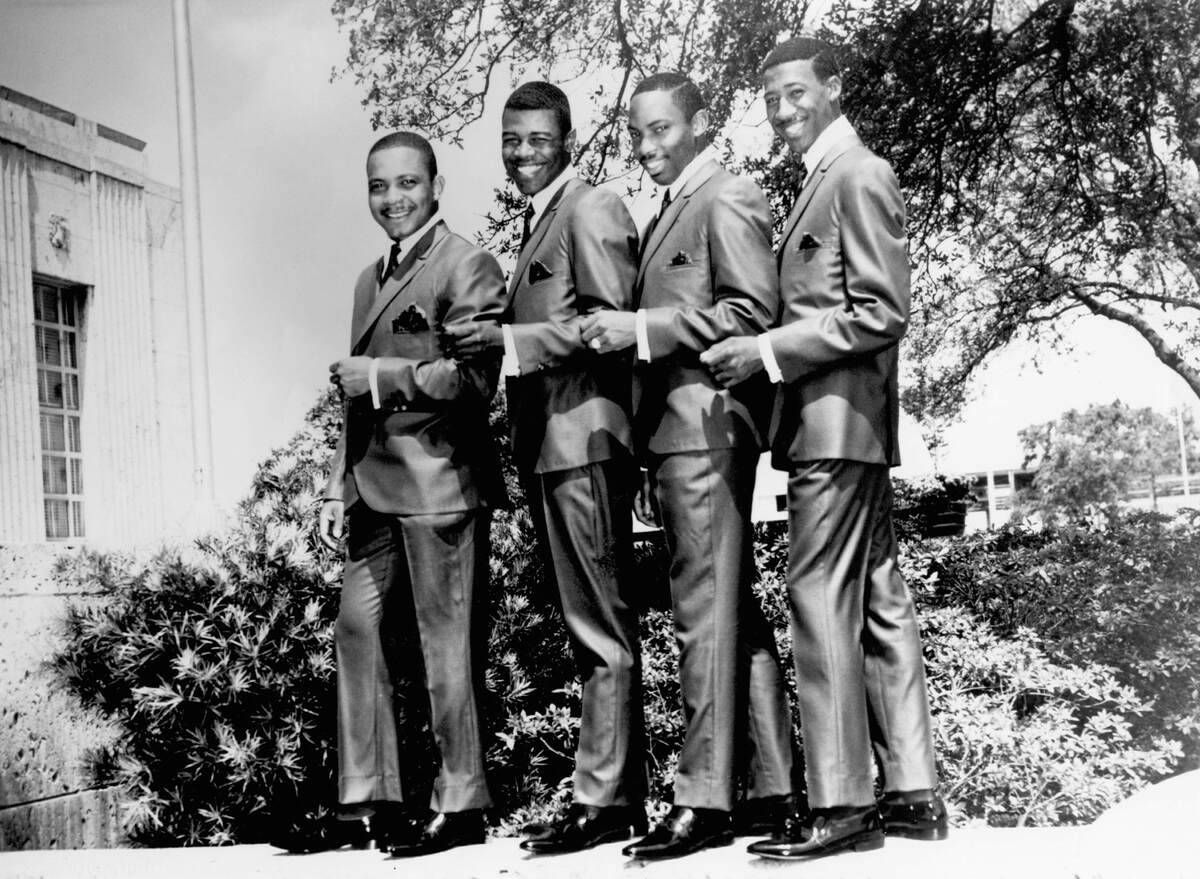
Although James Brown can be chiefly credited for the way soul music started to pivot to the funk music of the ’70s during the late ’60s, Archie Bell & The Drells’ signature hit, “Tighten Up,” was another key marker of which way the wind was about to blow.
Indeed, the dance song would feature similar instrumentation to later groovy acts and provided the R&B with its big break in the form of a number-one hit that remained that way for two weeks. Although their success would dwindle after 1968, “Tighten Up” also wasn’t their only top-ten hit.
Jeannie C. Riley – “Harper Valley P.T.A.”
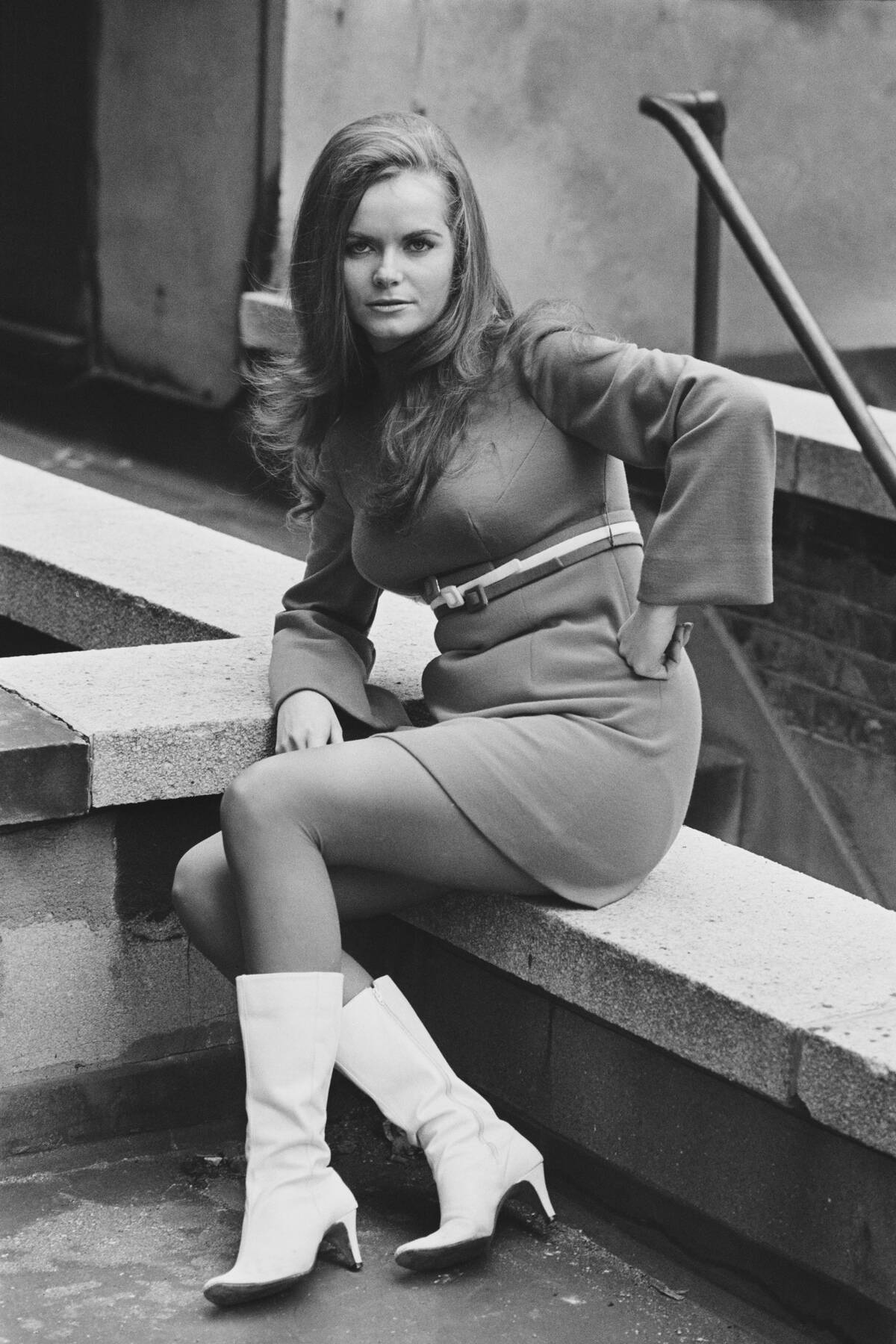
A song about judgment and hypocrisy among small-town parents that sadly remains just as relevant as when it was written, “Harper Valley P.T.A.” sees a girl describe her mother rebuking the titular organization with their darkest secrets after they criticize her for wearing miniskirts and seeing local men.
In addition to providing Riley with her first and only major international hit, “Harper Valley P.T.A.” earned her a place in country music history as the first woman to top both the Billboard Hot 100 and the U.S. Hot Country Singles charts with the same song, if not at the same time.
Otis Redding – “(Sittin’ On) The Dock Of The Bay”
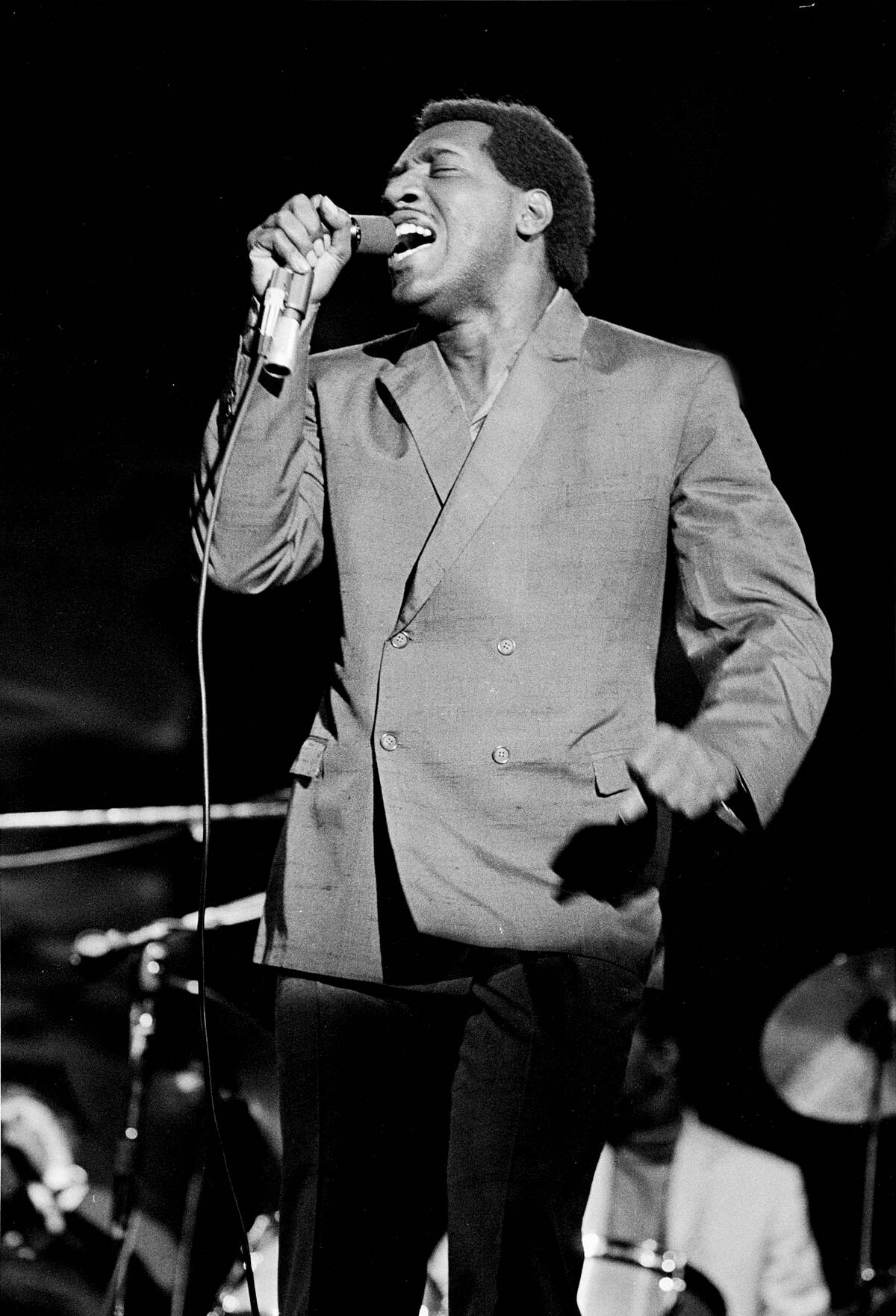
With the legendarily soulful and sombre soul classic “(Sittin’ On) The Dock Of The Bay,” all-time soul icon Otis Redding set one of the most unfortunate records in music history. Although the song would be the biggest hit of his career and his only song to reach number one, he wouldn’t live to see that success.
Although Redding had recorded most of “(Sittin’ On) The Dock Of The Bay” by the time of his fatal plane crash on December 9, 1967, parts like the endearing whistling solo (which was intended as a placeholder) had to be mixed together by producer Steve Cropper. The song stayed at number one for four weeks, making Redding the first artist with a posthumous number-one hit.
O.C. Smith – “Little Green Apples”
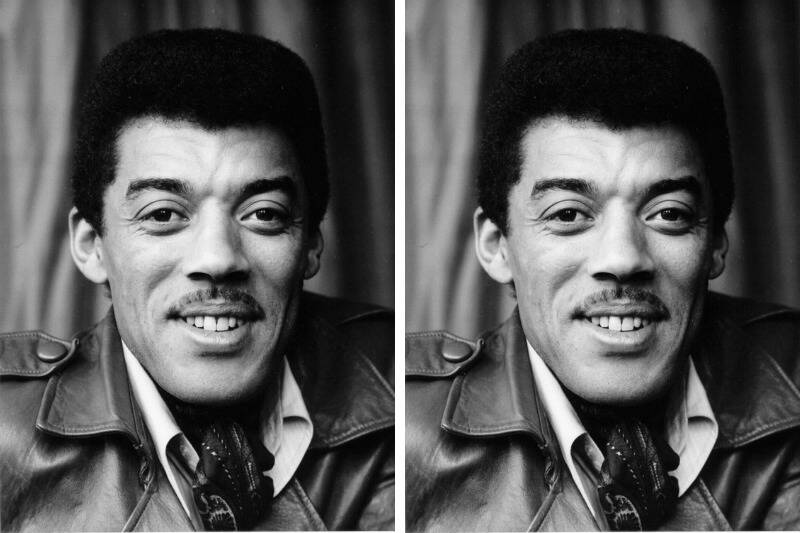
“Little Green Apples” is a country song that expresses what the narrator doesn’t believe in: (“Oh, God didn’t make little green apples/And it don’t rain in Indianapolis in the summertime”) as a means of making the love he does believe in all the more powerful. There was also some stiff competition to get the most prominent version out in 1968.
Although Bobby Russell originally wrote it for Roger Miller, and it was also recorded by Patti Page, it was R&B singer O.C. Smith who would end up recording the victorious version. While Miller’s version performed fairly well, Smith was able to make it to number two on the Billboard Hot 100.
Tommy James And The Shondells – “Mony Mony”
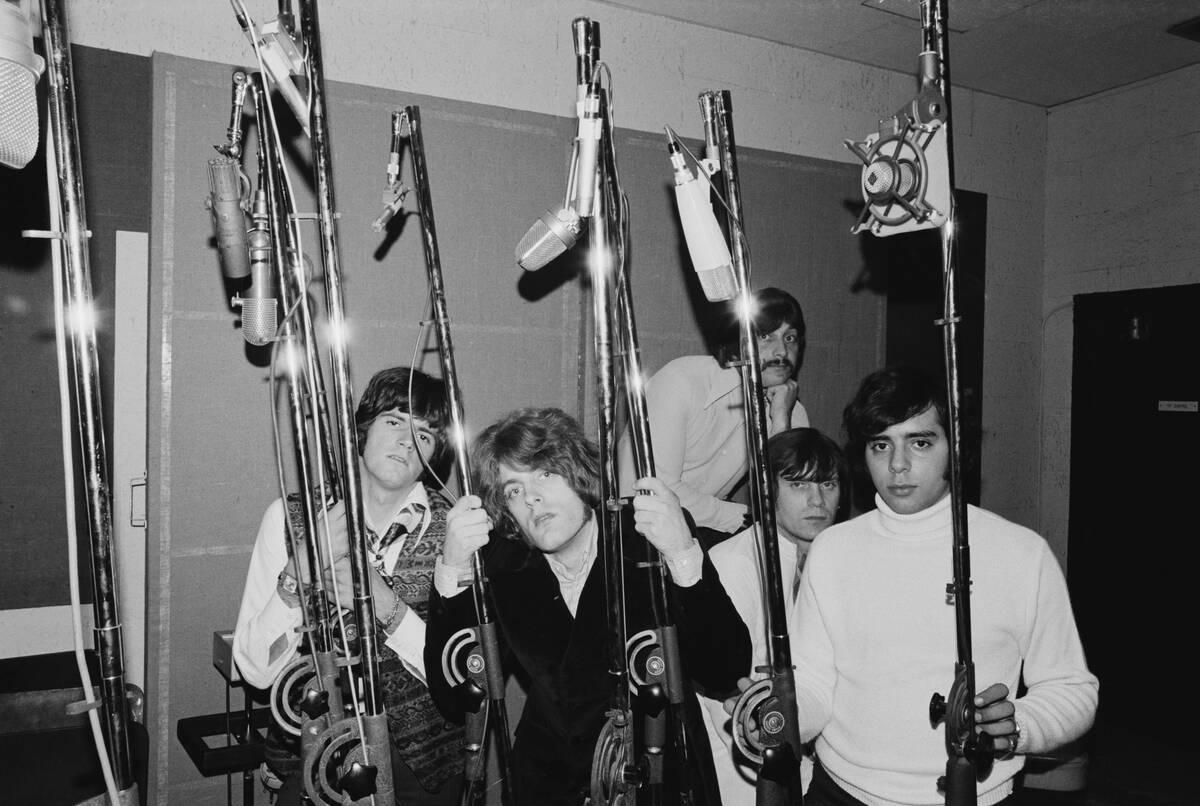
Like many of Tommy James And The Shondells’ biggest hits, “Mony Mony” has been famously covered over a decade after its original run. That’s likely because the nonsense phrase at the heart of the title is just as timeless as the catchiness of its central melody.
Although “Mony Mony” made it to number three on the Billboard Hot 100, it made all the way to number one in the U.K. Curiously, it would also be the only top-20 hit Tommy James and The Shondells attained in that nation.
The Doors – “Hello, I Love You”
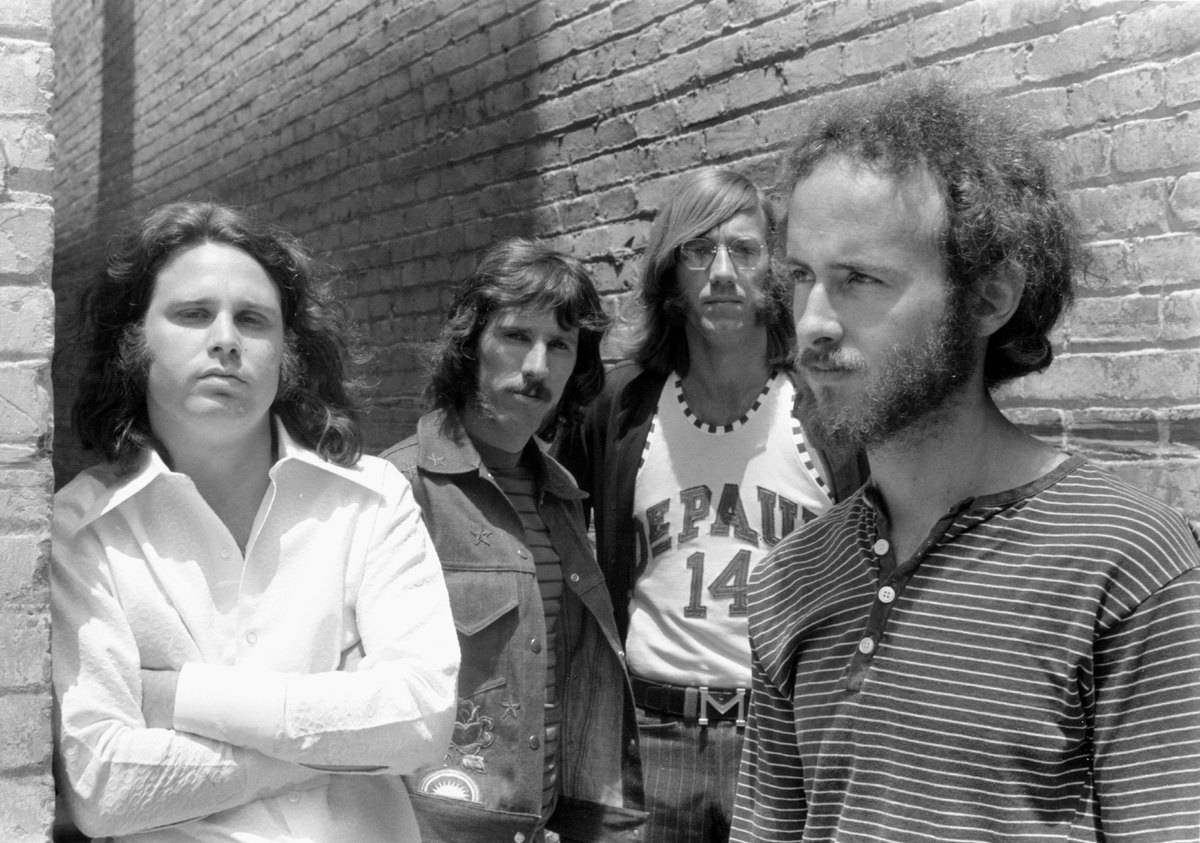
Although controversial psychedelic rock band The Doors had garnered their first number one hit during the previous year for “Light My Fire,” 1968 would see their impressive momentum continue. This time, it was for this song that hilariously summarizes the Free Love ethos of the hippie movement with its very title.
“Hello, I Love You” wouldn’t stay at number one for quite as long as “Light My Fire” did in 1967, but few would certainly complain about a song that managed to maintain its position at number one for two weeks.
Gary Puckett & The Union Gap – “Young Girl”
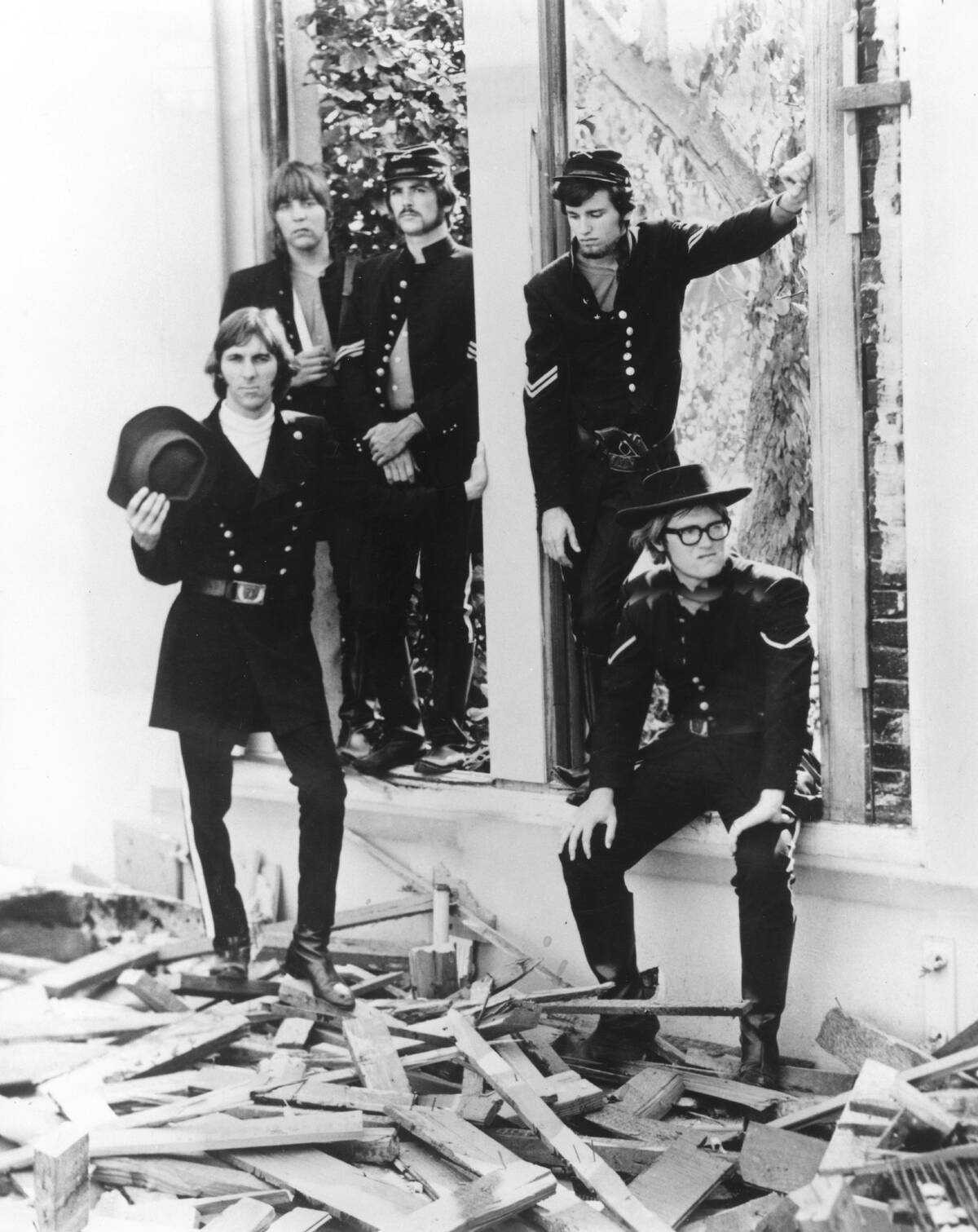
As silly as Gary Puckett & The Union Gap’s Civil War uniform gimmick may seem in retrospect, they were a serious contender for chart success in the late ’60s, notching three top-ten hits between 1968 and 1969.
While there were an unfortunate number of songs about rock stars pursuing underage girls throughout the ’60s and ’70s, “Young Girl” sees the song’s protagonist take the morally responsible route of turning her away once he realizes how young she is. Although “Young Girl” reached number one in the U.K. and on Billboard’s Cash Box chart, it held at number two for three weeks as more sombre songs like “(Sittin’ On) The Dock Of The Bay” and “Honey” blocked it from the number-one spot.

